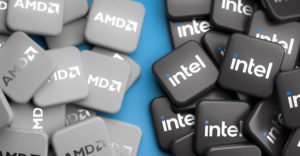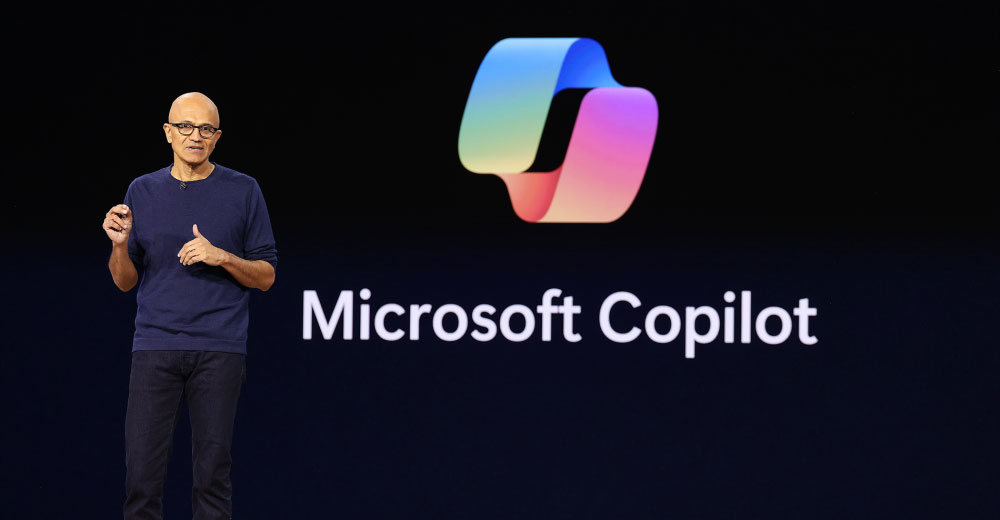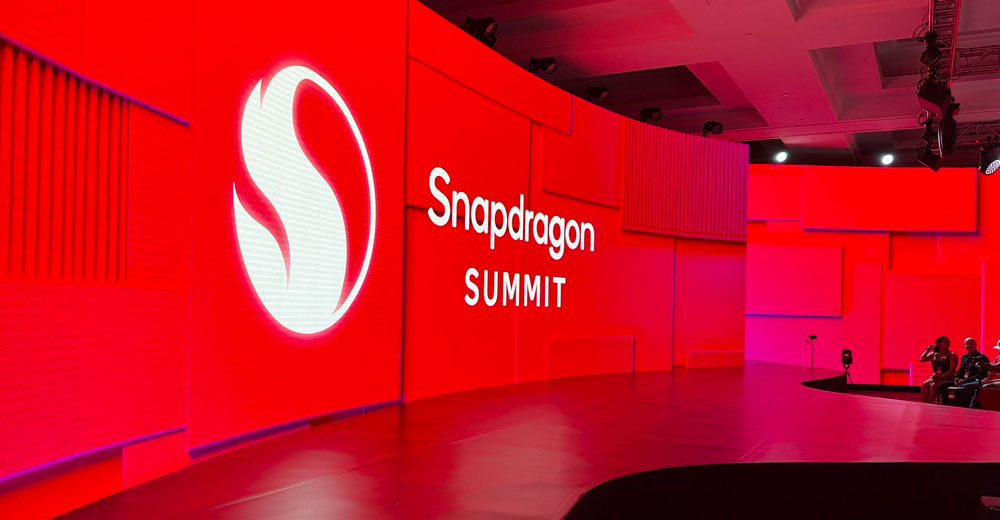Over at the E-Commerce Times, my friend John Mello published a piece on the broad price drops and causes for them as reported by Adobe.
The market has contracted, and vendors in various industries are dropping prices, so the relative cost of their products falls below others. This strategy potentially increases demand so they can, often at a loss, reduce excess inventory.
This strategy cuts across industries and can cause problems because it collapses margins, resets the expected price with buyers, and can drive companies out of business if they don’t have large enough reserves to cover what may be an extended revenue shortfall.
Once this crisis is over, we’ll have a lot fewer companies, but what are the alternatives? Is there a better way to assure revenue without needlessly sacrificing profits? Let’s explore that this week, and we’ll close with my Product of the Week: a new Thunderbolt laptop dock from the Microsoft Surface folks.
The Price War Problem
Because part of the cause for the problem is economic — recession, fears of a U.S. default, and struggling with inflation — these price drops may not have any material impact on volumes, particularly as seems to be the case if the other vendors in the segment do the same thing. Price wars are ugly, and surviving them can be incredibly painful.
Businesses typically resort to this tactic when leaders lack marketing knowledge. They run with what they think will work. Reducing prices is a knee-jerk move to try to increase sales volume and reduce inventory. What they either forget or don’t realize is that their competitors will react in what is now a pricing war, and they’ll have to continue to cut prices until they reach some arbitrarily low number and tap out.
You may have to react to a price war, but you never want to start one because, unless you have a significant cost advantage, there is a genuine risk that you won’t survive it.
The Textbook Counter-Reaction
I have multiple degrees, but my first was in merchandising, which is an applied form of marketing, and I’ve been in and out of marketing my entire career, most recently as a consultant.
The textbook response to a slowdown in demand is to increase marketing spend on effective demand-generation marketing to pull people to your product. You can bundle or do tie-ins and target those likely to be or soon be in the market for what you are selling.
There are traditional problems with this, however. The effect isn’t immediate. It takes time to create, test, and drive a demand-generation campaign, a process that will take months when vendors are already in crisis. Plus, we have some new problems thanks to streaming and digital content. Traditional marketing doesn’t seem to have the impact it once had.
People, particularly younger demographics, aren’t watching ad-based TV or radio that much anymore. Print media has been in decline since the launch of the internet, and Google (which dominates online advertising) and Facebook (which should lead in targeted advertising) don’t seem to understand how to do marketing, so their platforms don’t deliver the conversion rates that advertisers want.
Influencer marketing has been badly damaged by misbehaving influencers and diluted by the ever-increasing number of them, and placement (where you put a product in the content) hasn’t resulted in the successes we’d hoped for.
Generative AI May Be the Answer
I thought that Facebook and social media, in general, would be the answer to this. Facebook, over time, learns a great deal about you and should be able to serve up timely and effective ads. However, its approach of allowing almost anyone to advertise has resulted in so much fraud that many of us just don’t trust Facebook ads anymore.
You could move to direct marketing, but staffing a call center is expensive, and pushing that call center to another part of the globe with lower labor costs tends to really piss off potential customers.
But what if you used the full power of generative AI?
Generative AI can sound like almost anyone, respond as if you are talking to a real person, and even develop a relationship with them at scale. You can train the AI with the best skills and then turn it loose. If you do the job correctly, the customer may appreciate the call or message.
However, you must approach the problem like a top salesperson would, which is to provide value, engage with the customer, and create a relationship. This method is easier if they already are a customer and if you can deliver either information or a service for free that the customer wants in order to get the conversation going and establish a deeper relationship before pitching something new.
If the AI is properly funded and conceived and the customer is profiled correctly, so you know enough about them to make a deeper connection, this should address the marketing issue. You can use this same technology to get feedback on what you’ve sold them, market-test future product ideas, and get early warnings about product problems before the customer tosses the product out and blacklists your brand.
Generative AI is the future of marketing, but given what is happening, maybe that future needs to be now.
Wrapping Up
As John pointed out in his article, many, if not most, markets are in freefall, largely because of tactical price reductions that are resulting in unintended price wars.
A better approach would be to increase marketing. But not only has marketing talent declined over the years, but market development funds (MDF) have also rolled into margins and aren’t funding marketing, and the places we used to do marketing are becoming less and less effective.
Generative AI is coming as a powerful tool to better engage with and sell to customers. I don’t think we can wait that long. Maybe it’s time to hit the gas and begin funding generative AI marketing now before a large number of companies become history. Just saying…

Surface Thunderbolt 4 Dock
Laptop Docks have gone through a lot of evolution. They started as primarily a mechanical way to secure a laptop to a desk and were focused mainly on theft. I personally saw the benefit of them when one of our overseas offices got a visit by a fake tech over lunch, and our employees came back to an office surprisingly clean of laptops.
Since then, the security on laptops has reduced the theft risk, and with lowered prices, the risk of a stolen computer just doesn’t seem to drive as many thefts in the office. If one is stolen, it is more likely to be stolen from your car (never leave one in plain sight), while you are traveling or because you left it someplace.
Docks now are more tools of convenience that allow you to connect to power, wired Ethernet, some peripherals, your keyboard, mouse, and monitor with one plug. They make life simpler by enabling you to leave your charger at home, in your laptop bag, or backpack, and more easily connect and disconnect everything wired to the dock.
A Thunderbolt dock has the added advantage of extremely fast throughput. Still, it generally only works well with Intel-based products and for people that need to work on large datasets, images, movies, or AI. The new Surface Thunderbolt 4 Dock is a case in point.
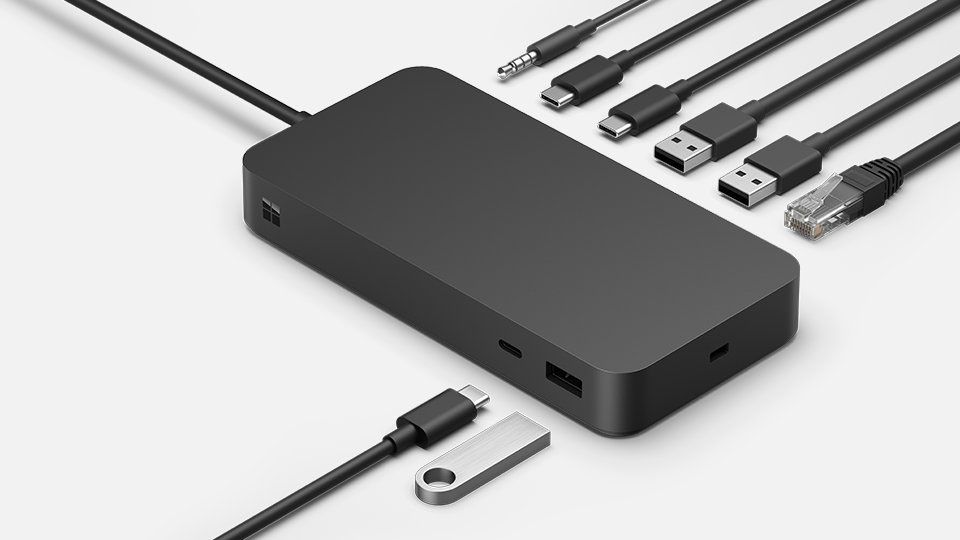
Surface Thunderbolt 4 Dock (Image Credit: Microsoft)
While it will likely work with other Intel-based Thunderbolt-enabled laptops and (with degraded performance) non-Thunderbolt products (like most OEM-sourced power supplies and docs), it will work best with Microsoft Surface products: the Surface Laptop 5, Surface Laptop Studio, Surface Pro 8, and Intel-based Surface Pro 9.
Recall that Microsoft designed its Surface family to appeal to those who desire a design-forward product like Apple makes but who, like me, don’t want to deal with Apple. With the Thunderbolt connection, this dock will support up to two 4K monitors, which I wish I had now as I’m writing this on a laptop on a plane and miss my home office screen real estate.
It has a decent port out — in line with a desktop computer — and has an audio jack if you’d prefer to use wired instead of wireless headphones. The power supply is remote and can sit on the floor, and you can bolt it to your desk if you are worried one of your co-workers might “borrow” it.
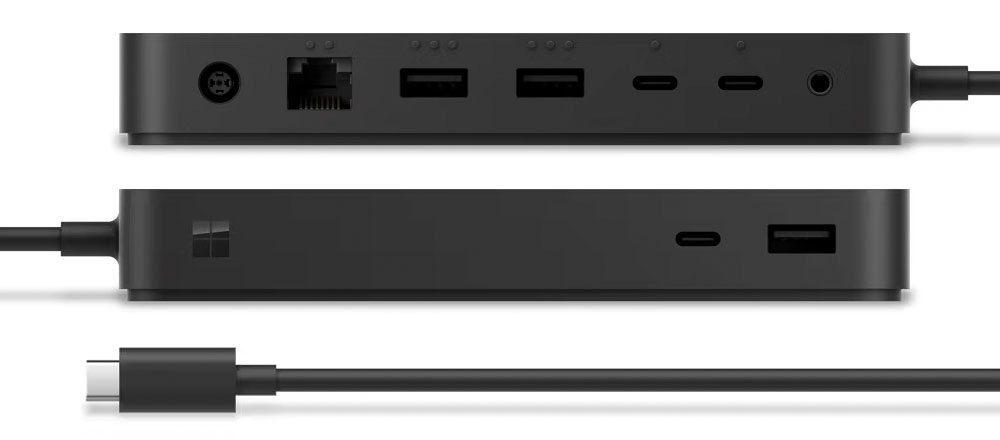
Surface Thunderbolt 4 Dock ports (Image Credit: Microsoft)
As with most Thunderbolt docks, it is pricey at $299.99, but for those that have a Surface laptop with Thunderbolt support, it is worth it (as noted, it will work with non-Thunderbolt laptops, but for those you can save about $50 by dropping down to the Surface Dock 2.
One of my favorite laptops is the Surface Notebook; a nice balance of design and performance, and this dock makes that laptop even more useful, so the Surface Thunderbolt 4 Dock is my Product of the Week.















